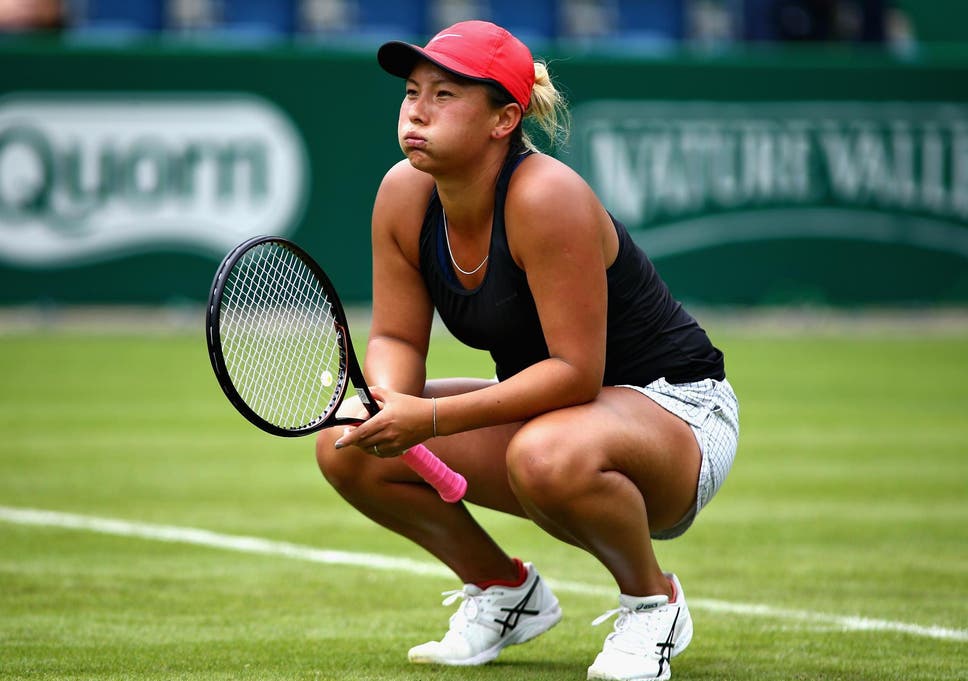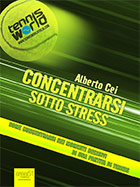In soccer, the varying levels of activation of teams during matches is influenced by many situations and the individual characteristics of players. Activation refers to the degree to which a team is ready to know how to put its game into action against a given opponent. However, there are many variables that can influence this psychological condition, among them the most important are:
Competitive experience - the greater the experience playing high-level matches, the greater the ability to know how to enter the game at the optimal level of activation.
Anxiety - the greater the degree of insecurity regarding one’s role on the field, the greater the level of activation, which if not reduced can prevent the footballer from playing at his or her best.
Fatigue - the greater the physical and mental fatigue, the greater the likelihood of manifesting levels of activation and agonism that are too low and therefore inadequate.
Impulsivity - the greater the footballer’s impulsivity, the greater the likelihood that his activation level will be too high at times of increased competitive tension and his play will become foul.
Thought control - the better the personal self-control during the game, the lower the likelihood of acting without thinking.
Motivation - the lower the motivation to play at one’s best, the lower the commitment and focus and the lower the level of physical and mental activation.
Toughness - the greater the belief that one knows how to face any competitive situation with determination, the more effective the level of activation the footballer will be able to put himself in before the game.
The role on the pitch - the clearer and more specific is for the kicker his role on the field, with more ease he will know what to pay attention to, how to charge himself mentally before the start of the match and how to maintain this condition during its course.
The match momentum - Everything that happens during the match influences and is influenced by the activation levels of players and teams in a process of constant and mutual interaction. Important and decisive matches or friendly matches, early or late stages of the match, result for or against, playing in 10 rather than 11 are situations that affect the intensity of the competitive charge, which corresponds to the level of activation of the collective.
The team - paraphrasing the saying that the champion team is made up of the players who amalgamate in the best way, it can be said that the champion team is made up of those players from whose global activation releases the agonistic charge necessary to express their play.





